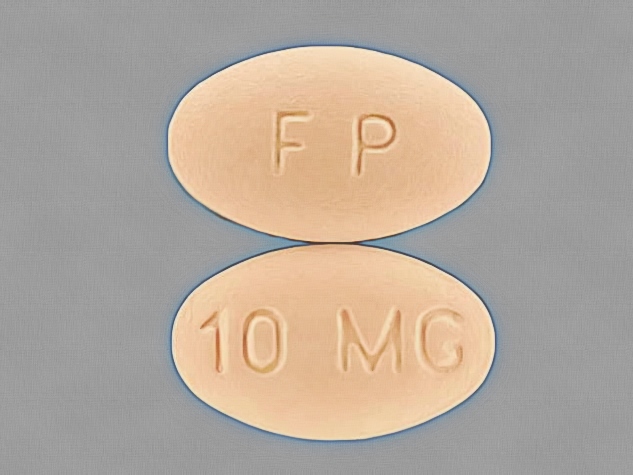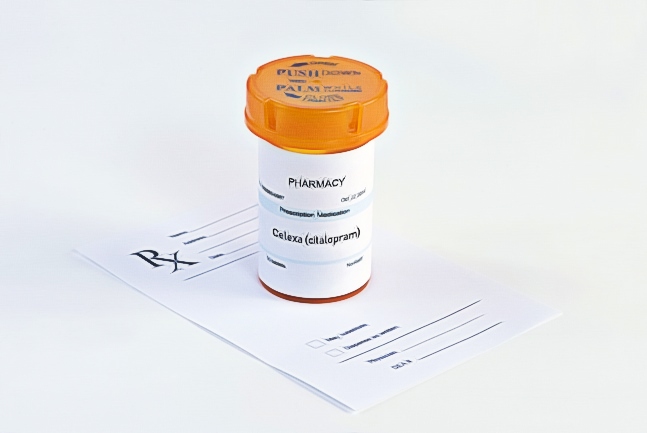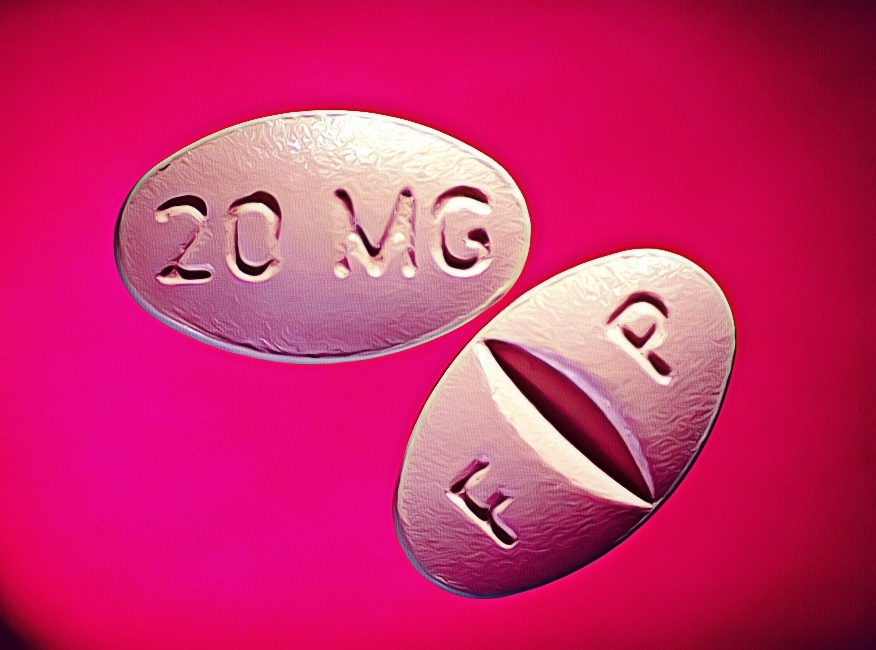There are many possible reasons people develop mental health conditions. Some people develop them because of environmental factors, while others have a genetic predisposition. Treating these conditions often requires a mixture of psychiatric and medical therapies. As with all medications, however, some mental health drugs come with side effects.
People with mental health conditions have to watch out for the potentially addictive nature of antidepressants. While mental health medications like Celexa have grown by leaps and bounds towards making them less addictive, it is still fully possible. Most people taking Celexa don’t even realize that they’ve developed a minor dependence until they have to wean from the drug.
Roughly 56% of those quitting antidepressants can experience withdrawal symptoms, with a diverse range of severity and length. Close to one out of two people who withdraw from Celexa cite them as severe. As of now, Celexa withdrawal remains unpredictable; the symptoms are quite diverse and there is no knowing if you will be affected until you quit.
What is Celexa withdrawal like?
Despite being potentially addictive, manufacturers have designed Celexa to address this issue in mental health medications. Despite being potentially addictive, this drug is significantly less addictive and severe than other mental health drugs available on the market.
The drug has made it possible for people with mental health conditions to manage said conditions more easily and more conveniently. Many people no longer have to worry as much about the side effects of their treatment. That being said, it is still possible for the body to develop a dependence or addiction to this substance. While this is not necessarily life-threatening in most cases, it is still a cause for concern.
People experiencing withdrawal from Celexa often cite the following among their experiences:
- Dizziness
- Extreme dizziness
- Irritability
- Flu-like symptoms
- Depression
- Suicidal ideation.
For whatever reason you might have decided to quit Celexa, it is important to do so under the supervision of your healthcare provider. If your symptoms start to become severe, it might be better to check into a hospital for observation.

If you or your loved one is withdrawing from Celexa, make sure to observe them closely. Note any changes in their behavior so that you can prevent self-harm or suicide. Make sure to keep up with your therapy appointments and other medications.
Withdrawal Timeline
Unlike other antidepressants, Celexa has a long half-life of about 36 hours. That means the body will take longer to flush it out of the system. Even small doses of Celexa can remain in the body for hours and linger for over a day. That being said, its withdrawal symptoms are nowhere near as intense as antidepressants like Zoloft.
You might start experiencing minor withdrawal symptoms anywhere from one to three days from your last dose. The next phase (which lasts from one to two days) will bring severe manifestations; some people report uncontrollable shaking, fever, dizziness, and nausea. These may get worse and worse in the following days.
Within three weeks of the last dose, the Celexa detoxification process might start to wane and fade completely. However, people may experience mild symptoms for a few more months.
Why is it potentially addictive?
Celexa (or citalopram) falls under a category of drugs called Selective Serotonin Reuptake Inhibitors (SSRIs). Its wide use and success stem from its effectiveness as an aid in Cognitive-Behavioral Therapy (CBT). The drug was designed to treat people with serotonin imbalances.
Serotonin is the hormone responsible for sleep, mood, and other various functions. It is responsible for the feeling of well-being and satisfaction. It is part of the class of hormones that are responsible for feelings of elation and happiness.
The drug is directly and indirectly tied to happiness and euphoria. This link is what makes Celexa potentially addictive. This does not, however, always end in drug abuse. While there are certainly people who abuse the drug, most are just going about their days and taking the drug as prescribed.
To prevent addictions from forming, it is important that both patient and doctor work together to manage the intake of Celexa. After all, it would be better to balance the positive and negative effects of the drug against each other.
What is Celexa used for?
Celexa essentially blocks the excessive reabsorption of this hormone by binding with receptors in the brain. This allows serotonin to recirculate throughout the system. The drug also “informs” the brain that it might be under-producing the said hormone.

Essentially, it makes the little serotonin you have more effective and boosts its production. This can improve mood, reduce symptoms of depression, and alleviate feelings of anxiety.
Celexa and anxiety
Celexa users experience feeling calmer when on the drug, especially since it can reduce the intensity of panic attacks. It has also proven effective at treating other conditions like Obsessive-Compulsive Disorder (OCD) and Post-Traumatic Stress Disorder.
Manufacturers recommend, however, that Celexa never be taken without the supervision of a healthcare professional. Other than that, it is recommended that you also see a therapist to address the other root causes of your mood disorders.
The side effects of Celexa
In addition to potential addiction, people taking Celexa for anxiety may experience heightened symptoms of their mental health condition in the first two weeks of taking it. As such, doctors often recommend starting with low doses to give the body time to adjust to the medication.
Celexa side effects are known for having fewer effects than other mental health medications and antidepressants, but some common side effects people experience are:
- Headaches
- Fatigue
- Nausea
- Insomnia
- Dry mouth
- Constipation
- Sweating
- Appetite loss
- Diarrhea.
People may experience sexual dysfunction while taking Celexa. Men, in particular, are more susceptible to this effect. They may experience a low sex drive or take longer to orgasm. In some exceedingly rare cases, people with penises may experience priapism (prolonged erections). If you have had an erection for longer than four hours, call 911 or go to the nearest emergency room immediately.

The general side effects of Celexa may get milder over time, but people who experience sexual dysfunction on the drug may experience them until they are weaned from the medication. Despite this, make sure to consult any doctor before taking any performance enhancers or erectile dysfunction medications. These drugs may have unexpected side effects when combined with each other.
If you are experiencing pregnancy-related anxiety, make sure to consult a doctor before taking Celexa. The drug is mostly safe during pregnancy, but it does increase the risk of heart defects in the fetus. It also increases the probability of miscarriages.
Final thoughts
If you are currently taking Celexa and are concerned about the potentially addictive effects, consult your healthcare provider. They may place you on a detoxification program that can lower the intensity of your withdrawal symptoms. A doctor can observe the effects of a reduced dosage on you to see if you need to be weaned slowly from Celexa rather than immediately.
Just make sure never to take more than the recommended dose, as it can have drastic effects on your well-being. Abusing Celexa may compound and worsen the mental health conditions you are hoping to treat. If you are susceptible to depressive and suicidal thoughts, do not stop taking Celexa without informing your healthcare professionals and the loved ones responsible for you.
Source:

